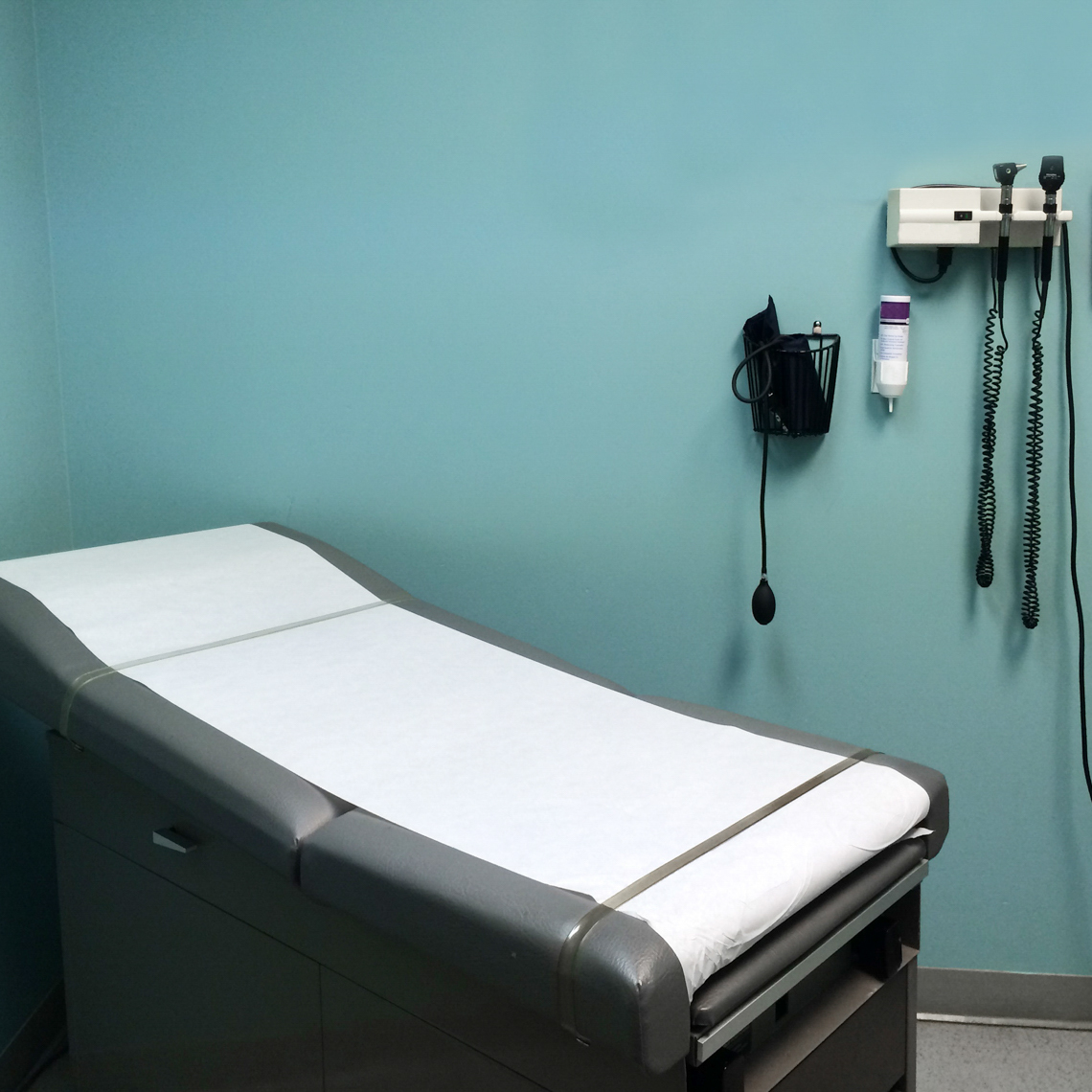Risk Report
20% of cases involve at least one documentation failure, moving the defendant’s chance of winning a case from likely to unlikely.
Article
Current, complete records which assist diagnosis and treatment, and which communicate pertinent information to other caregivers also provide excellent records for risk management purposes. The use of encounter forms, checklists, flowsheets, and computer-assisted documentation for high volume activities can save time and may also reduce the communication problems and errors caused by illegible handwriting. Missing, incomplete, or illegible documentation can seriously impede patient care and the defense of a malpractice claim, even when the care was appropriate. The following advice on documentation includes issues identified through analysis of malpractice claims.
The most current information. Keep your records up-to-date in order to provide the best resource for patient care and evidence that appropriate and timely care was provided.
Clinically pertinent information. The medical record is a primary mechanism for providing continuity and communication among all practitioners involved in a patient's care. To gauge adequacy of your patient's medical records, consider what you would want documented if you were assuming management of the care of a patient you did not know.
Rationale for decisions. Include your diagnostic rationale, especially for cases in which the medical record might suggest another course was overlooked. For example, document the rationale for not following the written recommendation of a consultant. This need not be lengthy, but should indicate alternatives considered, your medical judgment, and the clinical basis for your decision.
Informed Consent discussions or the patient’s refusal of care. Include risks, benefits, and alternatives discussed.
Discharge instructions. Include time and action-specific directives, e.g., “If your temperature doesn’t return to normal by Tuesday, call me.”
Follow-up plans. Include these particularly if you are ruling out a more serious or life-threatening diagnosis.
Patient complaints and response. Include copies of all clinically-related correspondence from and to patients, as well as notes from phone conversations and office discussions.
Clinically pertinent telephone calls. Include notes regarding prescription of medications or instructions about when to seek further medical care.
Termination of a patient-clinician relationship. Include any correspondence related to the patient's request or your decision to terminate the relationship.
Missed appointments and attempted follow-up. Include notes on these and any other examples of patient non-compliance or failure to follow instructions.
Medication. Include allergies and any prior adverse reactions to medications or contrast media.
Obstetrical assessment. Include care during labor and rationale for an operative delivery.
Handling conflicting data. If you disagree with a clinical conclusion, read other practitioners' notes and reread your prior notes. Review radiology and other special study reports even if you have already read the films or seen the test data. If you must document a different diagnosis or recommended treatment, factually state your opinion and rationale.
Malpractice claims have sometimes identified the fact that critical reports, notes, and consultations pointing to a different available diagnostic or treatment path were overlooked or not commented on by the attending physician.
Check with your risk manager regarding additional documentation required by your institution and regulatory agencies.
Derogatory or discriminatory remarks.In Massachusetts, patients have the right to access both office and institutional medical records and may be sensitive to notes they view as disrespectful or prejudicial. Include socio-economic information only if relevant to patient care.
Arguments/conflicts with other physicians, nursing staff, or administration. Address these issues through the appropriate chain of command, not through the patient's medical record.
Subjective statements regarding prior treatment or poor outcomes presented as facts. Use quotation marks to indicate patient’s or family’s impressions, e.g., “cerebral palsy due to a birth injury.”
After an adverse event. Do not write any finger-pointing or self-serving statements in the patient's medical record.
Non-patient care information. Do not include the filing of incident reports or referrals to legal services.
Incident reports are not part of the patient record. Only clinically pertinent incident related information should be entered in the patient record.
Put time and date on all entries in the medical record. Notes should be contemporaneous. Label added information as addendum and indicate when it was entered.
Do not alter existing documentation or withhold elements of a medical record once a claim emerges. Periodically a physician defendant fails to heed this age-old advice. The plaintiff's attorney usually already has a copy of the records and the changes are immediately obvious. Even minor record alterations can greatly harm your credibility. If you are named in a claim and the medical record has problems immediately point them out to your defense attorney.
Do not countersign notes without reading them.
Do not obliterate errors or remove pages from a medical record. Make corrections by drawing a line through an error and initialing and dating it.
Medical records often reflect differing diagnoses and treatment recommendations among multiple caregivers. However, oral or written criticism of previous health care contributes nothing to the patient's needs. Patients may take casual remarks critical of prior care quite seriously, possibly destroying their relationships with previous caregivers and/or you.
Since all pertinent facts about prior care are rarely available, caution is advised in making judgments and comments if you disagree with a past or current caregiver. Likewise, basing your opinion of prior care solely on the patient's report of prior circumstances may not reflect changes in symptoms and findings over time. In addition, the patient's perceptions and recollections may be inaccurately reported. If, after complete information is considered, you do judge your patient's prior care to have been flawed, a factual summary of clinical events and honest answering of patient inquiries is advised.
Accurately and objectively document a new patient's condition at the time you assume care. This, combined with a thorough review of prior care treatment records, should keep the record straight without pointing fingers or blaming others in case the prior care is problematic.
Remarks or record entries critical of prior care may prompt patients to consider litigation, even when no negligence occurred.
20% of cases involve at least one documentation failure, moving the defendant’s chance of winning a case from likely to unlikely.


